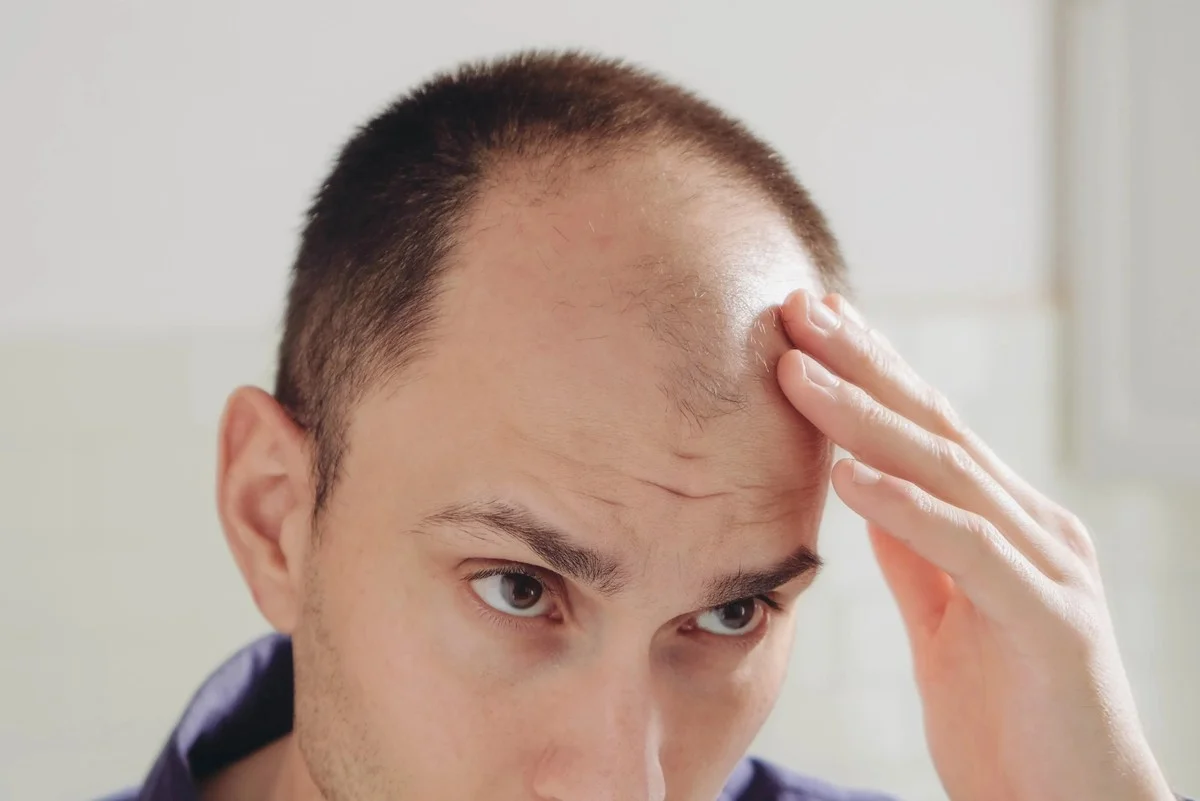21/12/2024
21/12/2024

LONDON, Dec 21: A new study suggests that a sugared gel could be the key to reversing hair loss. Although the compound has only been tested in mice so far, the promising results from these trials indicate that human testing may be the next step, potentially leading to a new and effective hair loss treatment.
The gel, which contains deoxyribose (a sugar naturally found in the body) mixed with other substances, was applied to the mice using automated delivery methods. Researchers found no signs of inflammation or irritation in the treated mice, and they observed denser, longer hair without any unusual tissue damage. The follicles of the treated mice also extended deeper into the skin, suggesting healthier and more active hair follicles.
Dr. Sheila MacNeil, a co-author of the study and tissue engineering expert at the University of Sheffield, stated, "Our research suggests that the answer to treating hair loss might be as simple as using a naturally occurring deoxyribose sugar to boost the blood supply to the hair follicles and encourage hair growth."
Hereditary-patterned baldness, the most common form of hair loss, affects millions worldwide and is primarily caused by genetics, hormonal changes, and aging. Known as androgenic alopecia, this condition results in hair follicles shrinking due to a sensitivity to the hormone dihydrotestosterone (DHT), which leads to hair loss.
The natural sugar tested in this study showed potential in reducing DHT levels, which could prevent the miniaturization of hair follicles and promote healthier hair growth. In the experiment, two mice were treated with testosterone to induce a condition resembling androgenic alopecia, causing bald spots. A control group, whose fur was shaved but not treated for hair loss, was also included.
The mice were then treated with either the experimental hydrogel, a placebo hydrogel, or minoxidil, a common prescription treatment for hair loss. By day 14, the group treated with the experimental hydrogel showed significantly better hair regrowth than the other groups. By day 21, the hydrogel-treated mice had 60 to 70 percent of their skin covered in hair, compared to much less regrowth in the other groups.
Additionally, the group treated with the experimental gel had thicker hair than the group treated with minoxidil, and both treatment groups showed higher hair density than the control group. Researchers also measured the number of blood vessels in the skin, as blood flow is crucial for hair growth. They found that the experimental gel increased the number of blood vessels, which could help speed up hair regrowth, improve hair length, and enhance thickness.
Blood vessels nourish hair follicles and support growth, so better blood supply to the hair bulb could lead to more robust hair growth. In contrast, the untreated group had fewer blood vessels, potentially slowing hair growth.
The researchers also noted that this treatment could benefit people experiencing hair loss due to chemotherapy. By stimulating blood vessel growth around hair follicles, the gel could potentially encourage hair regrowth for chemotherapy patients, whose hair loss can be emotionally distressing.
Published in Frontiers in Pharmacology, the study's results suggest that this approach could offer a faster and more effective alternative to current treatments like minoxidil and finasteride, which can take up to six months to show noticeable results. In the study, the mice regrew hair within a month.
Despite the promising results, the researchers acknowledge that this is a largely under-researched area and further investigation is needed. Dr. MacNeil concluded, "The results are promising and warrant further investigation."


